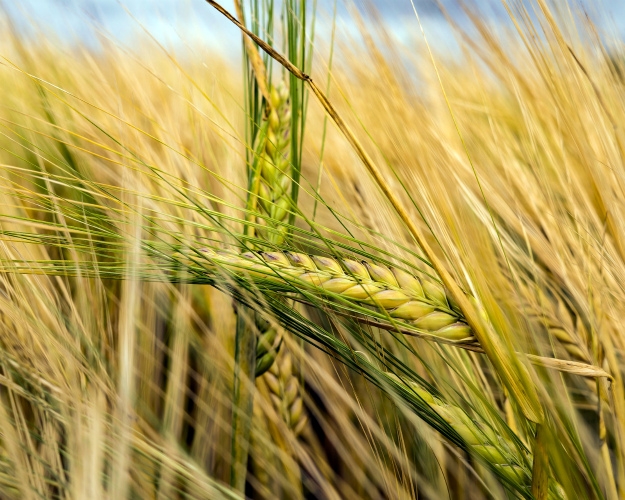Export prices for barley in Ukraine have reached the level of prices for corn and feed wheat

Since the beginning of the 2024/25 MY, export demand prices for barley have remained $30-50/t lower than for feed wheat and corn, which contributed to growing demand and increasing export supplies compared to the previous season.
In the 2024/25 MY (as of January 17), Ukraine exported 2 million tons of barley, which is 64% more than in the same period last year (1.22 million tons). However, in December and January, the export rate decreased due to reduced supply from farmers. In the first 17 days of January, exports amounted to only 9 thousand tons compared to 146 thousand tons for the same period in 2024.
Exporters are forced to increase purchase prices for feed crops due to limited supply from farmers and difficulties in forming export batches for January. Therefore, last week, prices for feed barley increased by another 200–400 UAH/t to 9,800–10,000 UAH/t ($206–209/t) with delivery to Black Sea ports and $210–215/t to Danube ports. They were additionally supported by an increase in prices for feed wheat and corn to $208–210/t in Black Sea ports.
At the same time, domestic feed producers are creating serious competition for exporters, actively purchasing barley as the cheapest feed crop in order to save on feed production. They offer 9,000–9,400 UAH/t for barley with delivery to the factory.
However, rising feed barley prices are expected to soon reduce demand for it from processors, who will prefer to purchase cheaper wheat and corn.
Demand for malting barley from domestic processors remains low due to difficulties in selling malt on international markets. Purchase prices for it are 9,000–9,200 UAH/t with delivery to the plant.
It is worth noting that for the first time in the last three years, barley prices have reached the level of corn and feed wheat prices, which may encourage farmers to increase the area sown with spring barley in the spring.


